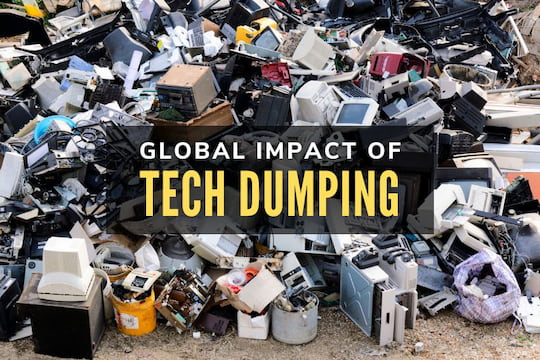In today’s fast-paced world it is becoming more and more apparent that businesses need to go above and beyond than just security measures such as installing anti-virus software on computers. A part of security measures for businesses must now include responsible data management as well as data destruction.
One of the first steps to securing your business’s data is by creating a document management and destruction plan; it may even help to treat this as part of typical crisis planning. Depending on the industry, your documents can have sensitive personal information on them such as medical records or legal files. Not only is the confidential information about your employees potentially at risk, but the information of your clients and partners are also at risk as well. This is why how to handle data management and destruction is extremely important. Some safety measures you should consider implementing include keeping office paper waste in special security consoles until they can be securely disposed of. Of course, this includes having these old documents shredded and destroyed. Also, it is essential to not forget about old computers and hard drives. Even if files have been deleted, they are still encoded in the hard drive and therefore, all the old information can be stolen from it. The most effective way to protect this information is by having your hard drive destroyed. This can quickly be done by hiring a third party data destruction company that is certified.
Unfortunately, small businesses are especially at risk of security leaks. This is because small businesses often do not have formal security policies or procedures in place. They also do not have as much control over the access of private information by their employees or even temporary contractors. Creating a plan for employees to follow may help increase overall security. Consider these guidelines for better data management and increased safety!




















